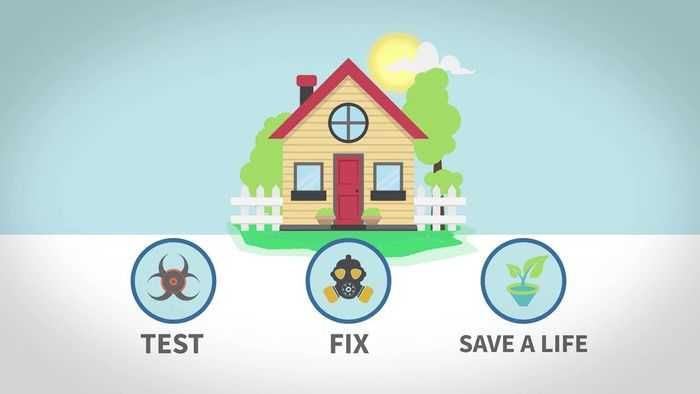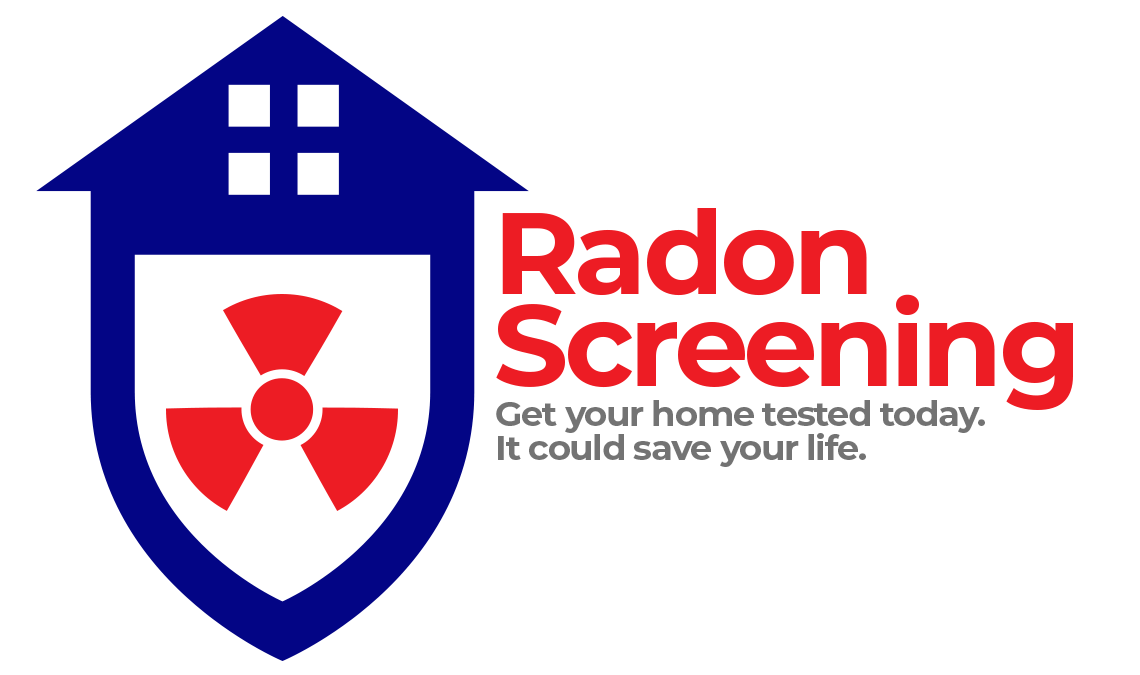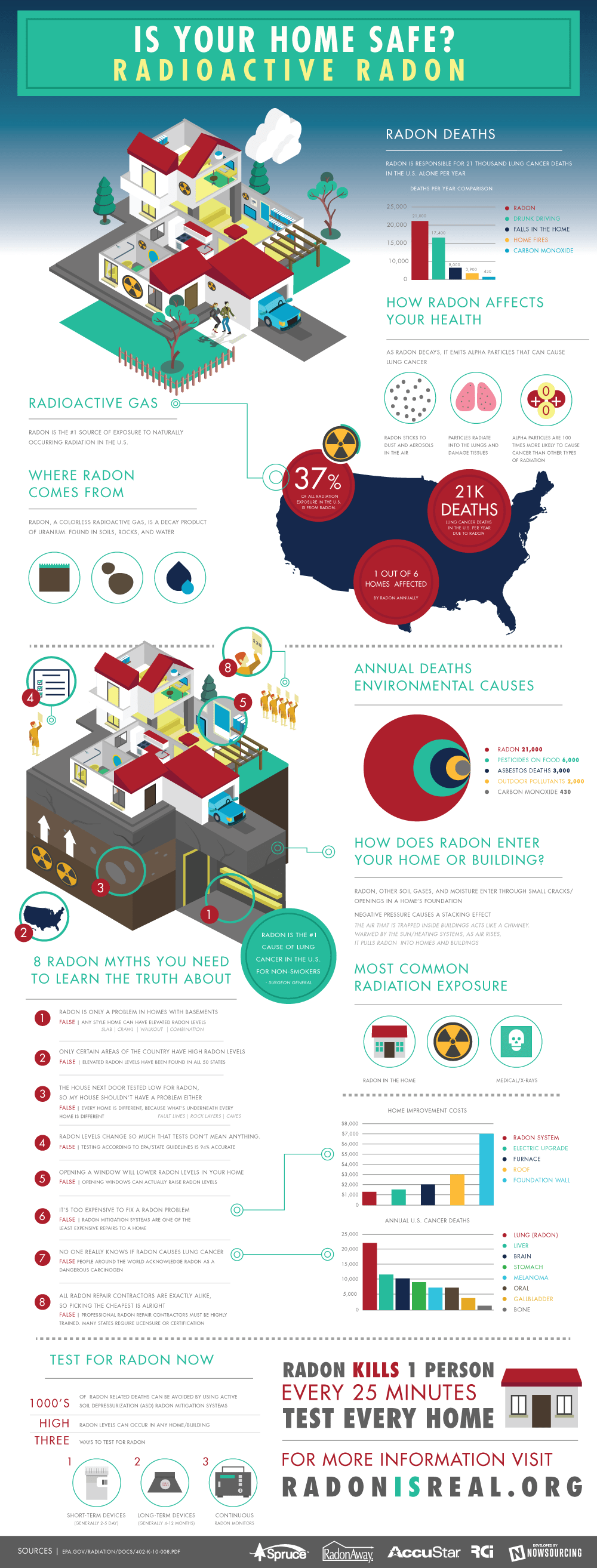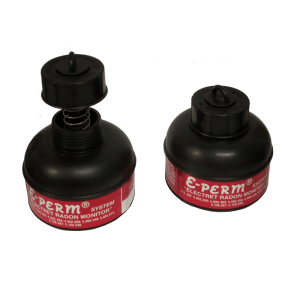Radon Testing
Radon has been found in homes All Over The U.S. It comes from the natural breakdown of uranium in soil, rock and water and gets into the air you breathe. Radon typically moves up through the ground to the air above and into your home through cracks and other holes in the foundation. Radon can also enter your home through well water. Your home can trap radon inside.
Any home can have a radon problem. This means new and old homes, well-sealed and drafty homes, and homes with or without basements. In fact, you and your family are most likely to get your greatest radiation exposure at home. That is where you spend most of your time.

Radon Testing & Analysis
It is estimated that one of every 15 homes in the US has a radon level that the EPA considers “elevated” – that is 4pCi/L or greater. The average radon level of indoor air in a typical home is 1.3pCi/L. The average outdoor level is 0.4pCi/L. Since most people spend most of their time indoors (some as much as 90%), indoor air quality is of great concern.
Radon is a cancer-causing, radioactive gas. It is estimated to cause about 21,000 lung cancer deaths each year in the US. The risk of lung cancer is greatly increased in smokers who are exposed to radon.
EPA Protocol for Real Estate
According to the EPA, it is best to have a home tested for radon prior to placing it on the market. Long-term tests (90 days or longer) are known to give a more accurate measurement of the actual radon concentrations in a home, and the exposure to radon on an annual basis. But when selling a home, time is of the essence.
Therefore, the EPA analyzed the results of both long and short-term tests and concluded that that short-term tests are appropriate for determining the need for mitigation. Short-term tests are conducted from two days to 90 days, depending on the measurement device, though most are conducted from two to seven days.
EPA and the Surgeon General Recommend That You Test Your Home
Testing is the only way to know if you and your family are at risk from radon. EPA and the Surgeon General recommend testing all homes below the third floor for radon.
You cannot predict radon levels based on state, local, and neighborhood radon measurements. Do not rely on radon test results taken in other homes in the neighborhood to estimate the radon level in your home. Homes which are next to each other can have different radon levels.
Testing is the only way to find out what your home’s radon level is.
For more information on radon, check out the EPA site or schedule a radon inspection for your home.
Contact Radon Screening and book a radon test today.
Courtesy of RadonIsReal.org


